Utility Model Patent
UTILITY MODEL PATENTS IN THE PHILIPPINES
Since 1947, when Republic Act 165, patterned after US patent laws, established an independent patent system and the Philippine Patent Office, utility models have been part of the Philippine patent system (now the IPOPHL). Utility models were defined as “any new model of implements that do not possess the quality of invention but is of practical utility” and may be protected under US patent laws, which were defined as “any new model of implements that do not possess the quality of invention but is of practical utility” and which may be protected. In 1998, Republic Act 8293 (IP Code) repealed Republic Act 165 and established a utility model registration system.
If the UM is new based on the Registrability Report, a Utility Model (UM) empowers the right holder to ban others from commercially utilizing it without his permission. It is less expensive, faster to obtain, and has less severe patent ability requirements than innovation patents.
Utility Model Regime in the Philippines
| Subject Matter | A product such as the machine, a device, an article of manufacture, a composition of matter, a microorganism; a process such as a method of use, a method of manufacturing, a non-biological process, a microbiological process; computer-related inventions; and improvements thereof (Rule 200) |
| Criteria for Protection | Novelty and industrial applicability. Inventive step not required. Provisions on novelty, non-patentable inventions, and industrial applicability for invention patents are applicable to utility models.. |
| Term of Protection | 7 years without the possibility of renewal. |
| Examination | No substantive examination; only formality examination. |
| Conversion to Invention | Once, at any time before the grant or refusal of a utility model. |
It is rather simple to apply for a utility model, and we can usually complete the process in about two weeks. In general, the examination of your utility model application and the issuance of the report takes about 6 months (either granted or additional questions).
